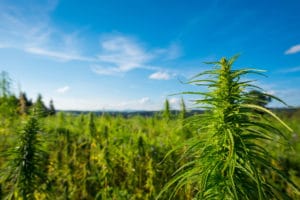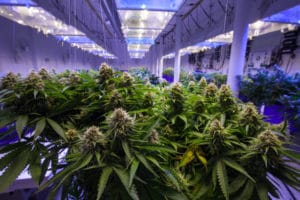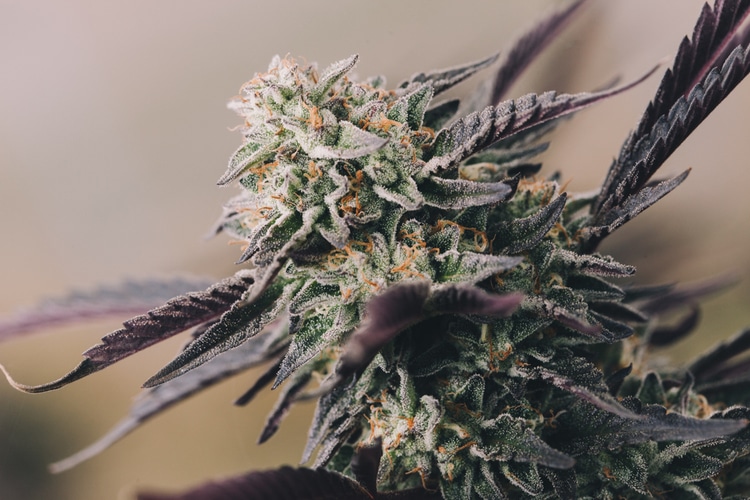Ins, outs, deps — spend time talking to any cannabis connoisseur, and you’re bound to hear these phrases in reference to indoor, outdoor, and light deprivation methods, as well as their opinions on how the cultivation method affects the look, taste, and smell of the flower.
Where do we stand on this debate? Because we’re constantly on the lookout for the finest, freshest, locally grown cannabis, we’re more interested in the final quality than how it was grown. So let’s walk through a few of the differences between outdoor cannabis and indoor cannabis, and why you might want to gravitate towards one, the other, or both.
Outdoor Cannabis Grows: Fun In the Sun
Outdoor-grown cannabis, of course, is the “original style” of the plant. Originating in Southern Asia, it’s since spread all over the world. By and large, cannabis does a fine job adapting to whatever environment it’s put in.

Outdoor Cannabis Grow
That said, growing outdoors on a commercial scale introduces its own challenges. While one of the major costs of growing—adequate light and the electricity it demands—is taken care of by the sun, the natural variations in rainfall and climate can complicate the goal of obtaining a consistent product. Outdoor growers have to contend with land permitting issues, which can be hard in a place like California where land is at a premium, and, unless the farmer is utilizing a dry-farming method, getting enough water into their grows to keep their plants healthy. The plants will mature at their own pace (there is only one yearly harvest for outdoor plants) and exhibit the natural variations in size, appearance, and yield that are the hallmark of all outdoor-grown plants.
According to some aficionados, a hallmark of outdoor-grown cannabis tends to be larger flowers and complex flavors attributed to the terroir. The density of trichomes—those tiny, terpene and cannabinoid-rich glands that appear to coat the flower in a crystalline coat— is generally lower. And finally, the color will tend to be a darker green, depending on the care of curing.
Indoor Cannabis Grows: Controlling the Environment
Indoor growing is rooted in prohibition and began because of raids on outdoor facilities. The cultivators’ mastery improved over time, and now indoor grows are a staple of the industry. Plus, the flower they produce is often considered “top-shelf” flower.

Indoor Cannabis Grow
Compared with outdoor-grown bud, cannabis grown indoors will tend to be smaller and brighter in appearance. You may spot a greater density of trichomes dusting the bud, too. Because indoor cultivators are able to control the environment so completely, you may find that flower grown indoors has higher percentages of cannabinoids, including THC.
Light Deprivation: A Bit of Both
Another popular cultivation method is light deprivation greenhouses. Light dep or dep, as it’s known, combines parts of both indoor and outdoor grows. The greenhouse serves to protect plants from unpredictable weather conditions and pests while still allowing for some regulated sunshine to come through. By using a system of vents, shades, or fans, cultivators can monitor and adjust airflow to create a comfortable growing environment; and by depriving plants of light, they can make them mature faster, resulting in four to five harvests per year. Dep buds are generally smaller than outdoor and some can lack the coloration that indoor plants get.
Ultimately, though, whether it’s grown indoors or outdoors, with or without light deprivation, all flower will undergo strict testing to make sure they’re suitable for consumption, as well as testing for their potency. Juva Delivery posts the lab results for every product we carry, just look for the ‘testing results’ icon next to the item’s description. All three cultivation methods result in high-qualityflower with plenty of flavor. Why not try them for yourself?


